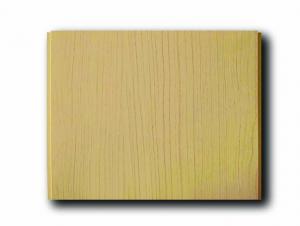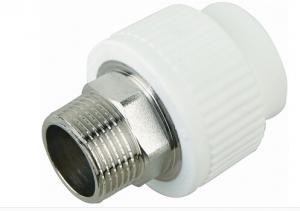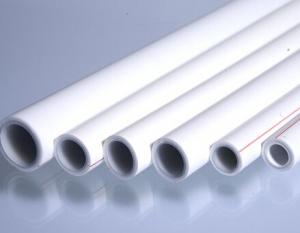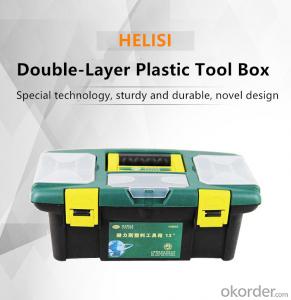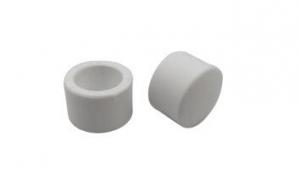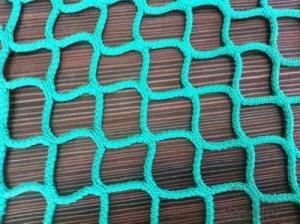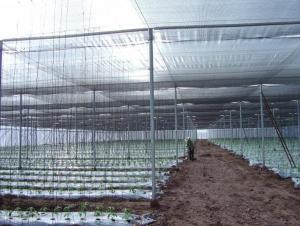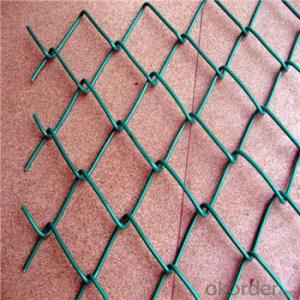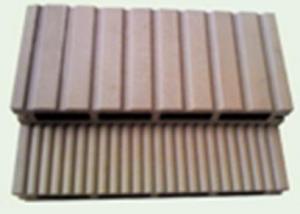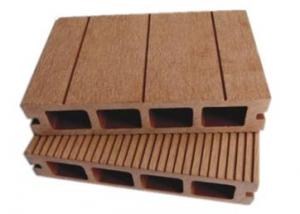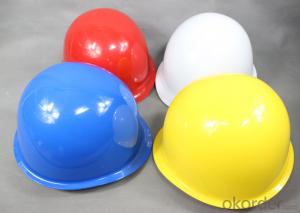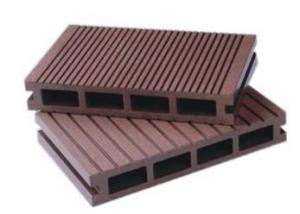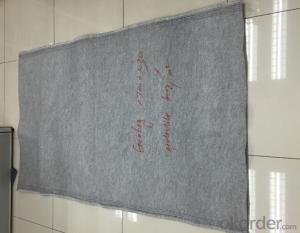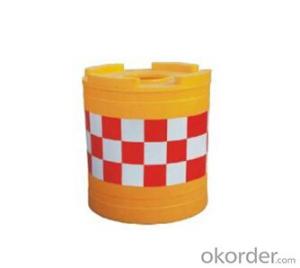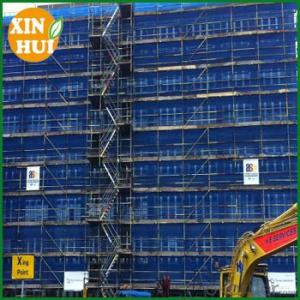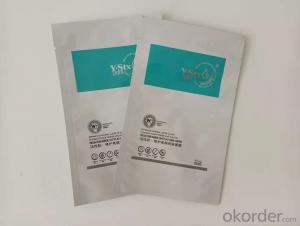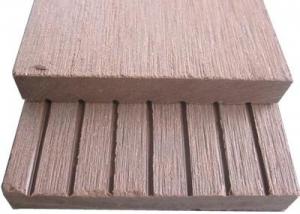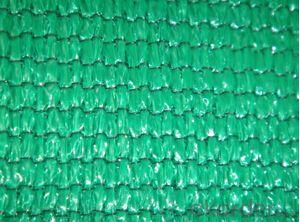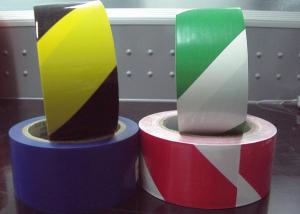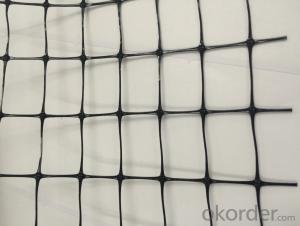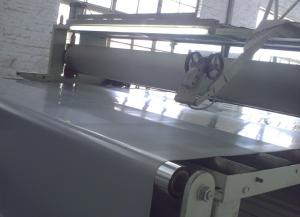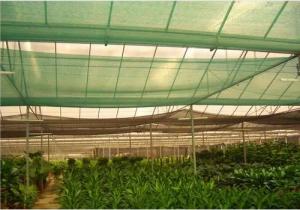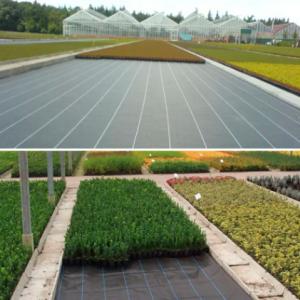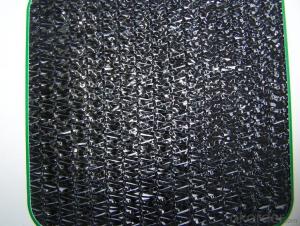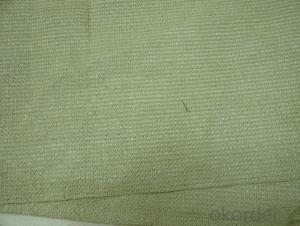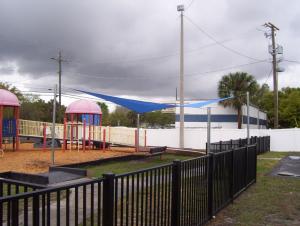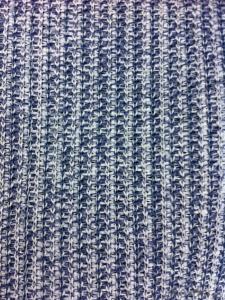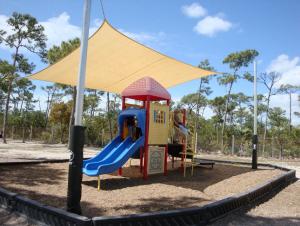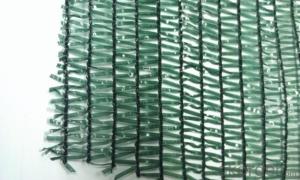Plastic Safety Netting
Plastic Safety Netting Related Searches
Primer For Galvanized Steel H S Code For Stainless Steel Wd 40 For Stainless Steel Spray Paint For Stainless Steel Drill Bits For Stainless Steel Sponge For Stainless Steel Caulking For Stainless Steel Steel Vessels For Kitchen Best Solar Inverter For Home Led Table Lamps For HomeHot Searches
Steel Mesh Panels For Sale Price For Stainless Steel Scrap Scrap Price For Stainless Steel Cheap High Tea Sets For Sale Stainless Steel Tanks For Sale High Density Fiberboard For Sale Solar Hot Water Collectors For Sale Scaffolding For Sale In Uae Scaffolding For Sale In Ireland Scaffolding For Sale In Houston Type Of Inverter For Solar Price Of Shipping Containers For Sale Stock Price For Aluminum Used Solar Inverter For Sale Portable Led Signs For Sale Stone Hot Water Bottles For Sale Large Led Screens For Sale Used Aluminum Scaffolding For Sale 1/4 Aluminum Plate For Sale Pvc Chairs For SalePlastic Safety Netting Supplier & Manufacturer from China
Okorder.com is a professional Plastic Safety Netting supplier & manufacturer, offers integrated one-stop services including real-time quoting and online cargo tracking. We are funded by CNBM Group, a Fortune 500 enterprise and the largest Plastic Safety Netting firm in China.Hot Products
FAQ
- Yes, plastic nets are commonly used in the agriculture industry for various purposes such as crop protection, shade provision, and support for climbing plants.
- Plastic nets differ from other types of nets in that they are made from synthetic materials, typically polymers, instead of natural fibers like cotton or nylon. This makes plastic nets more durable, resistant to rot and decay, and also more resistant to chemicals and UV radiation. Additionally, plastic nets can be easily customized in terms of size, shape, and mesh patterns to suit specific applications.
- Yes, plastic nets are suitable for use in the fishing industry. They are lightweight, durable, and can be easily modified for various fishing purposes. Additionally, plastic nets are resistant to rotting and have a longer lifespan compared to traditional nets made of natural materials.
- Yes, plastic nets are used in the aerospace manufacturing process. They are commonly used for various applications such as protecting sensitive components during transportation, securing loose items, or providing support and reinforcement during assembly.
- Yes, plastic nets can be used for packaging baby products. They provide a protective barrier and allow for visibility of the product while ensuring breathability. Additionally, plastic nets are lightweight and cost-effective, making them suitable for packaging various baby items like toys, bottles, and clothing.
- The most commonly used materials to make plastic nets are polyethylene (PE), polypropylene (PP), and nylon.





